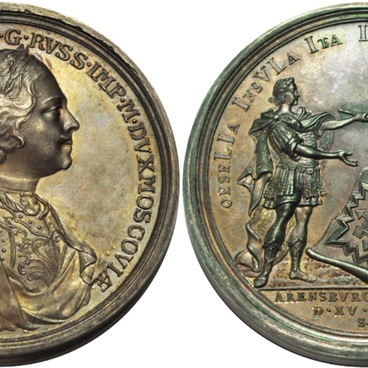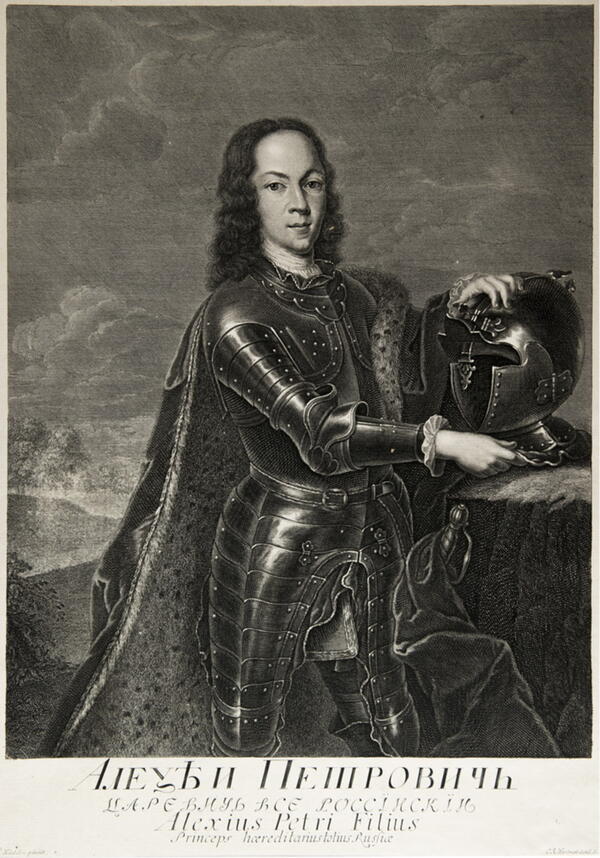In Russia, the practice of royal intermarriages was introduced by Peter the Great when Tsarevich Alexei Romanov married the Princess of Brunswick-Wolfenbüttel in 1711.
The parents of Charlotte Christine Sophie (1694–1715) were Duke Ludwig Rudolf of Brunswick-Wolfenbüttel and Christine Louise of Oettingen-Oettingen. For many years the princess lived at the court of her relative, the King of Poland Augustus II. How undesirable her marriage to the Russian tsarevich was can be judged by the letter to her grandfather, Duke Anthony Ulrich: “The Moscow proposal may still pass me by. I still hope for that.”
However, Augustus II and Peter I were interested in strengthening ties between the states and demanded a written promise from Charlotte to fulfill their will.
Alexei was a follower of old Russian traditions, and just like him, a significant part of the Russian people, did not accept Peter’s decision to allow the foreign princess to retain her faith — Lutheranism.
Four days after the wedding, by order of Peter I, Alexei was to go to Torun to oversee the food supply of the Russian troops. The historian Alexey Vladimirovich Morokhin wrote that this episode was the reason for the first argument between spouses. Despite this, in 1712, the Crown Princess wrote to her father from Torun that she was “quite happy”.
However, over time, their relationship began to deteriorate. According to Sergey Solovyov, the Crown Princess “made no effort to be the wife of the Russian tsarevich”: she did not accept his faith, language and communicated only with her court ladies. Another historian, Valery Fedorchenko, confirms this:


